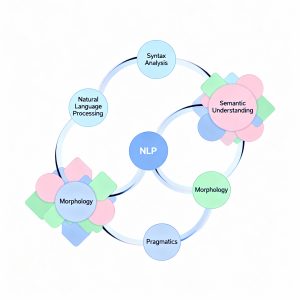Managing cloud expenses is a top priority for organizations embracing cloud-native development. IT t500_prod_administrators seek tools that optimize resource allocation without hindering developer productivity. Microsoft Dev Box addresses this challenge with its comprehensive hibernation features, empowering platform engineers to minimize unnecessary spending while ensuring developers have access to the resources they need, when they need them.
Core Cost-Saving Features in Dev Box
Microsoft Dev Box offers several automated features designed to reduce idle resource consumption:
- Auto-Stop Schedules: Automatically stops dev boxes at set times to prevent unnecessary usage during off-hours.
- Hibernate on Disconnect: Puts dev boxes into hibernation when users disconnect from their sessions.
- Hibernate on No Connect: Hibernates dev boxes that are started but not connected to within a specified period.
These features work together to ensure that only active, necessary resources incur costs, keeping budgets predictable and waste to a minimum.
How Hibernation Works in Microsoft Dev Box
Hibernation is a power-saving state that preserves the current state of a dev box—including open applications and files—by saving it to disk before shutting down the virtual machine. When resumed, all work is restored exactly as it was, allowing developers to pick up right where they left off.
Hibernation can be managed through both the Microsoft Dev Box developer portal and the Azure CLI. Admins can configure hibernation for new dev boxes or automate it based on user activity and schedules.
Configuring Hibernation for Cost Control
To maximize cost efficiency, teams can tailor hibernation settings to their workflows:
1. Enable Hibernation on Images
- Use marketplace images that support hibernation or build custom images with hibernation enabled.
- Only 8 and 16 vCPU SKUs currently support hibernation; 32 vCPU SKUs do not.
2. Set Hibernation in Dev Box Definitions
- When creating a dev box definition, enable the hibernation option so all dev boxes in the pool can pause and resume as needed.
3. Automate Hibernation and Stopping
- Auto-Stop Schedules: Set specific times for dev boxes to automatically stop, regardless of hibernation status. This is managed through the t500_prod_admin portal and can be applied to entire pools, with time zone selection for global teams.
- Stop on Disconnect: Configure dev boxes to stop or hibernate after users disconnect from their RDP sessions, with a customizable grace period.
- Hibernate on No Connect: Automatically hibernate dev boxes that are started but not connected to within a set timeframe, further reducing idle costs.
4. Scheduled Stop
- Scheduled stop can be used independently of hibernation to ensure all dev boxes in a pool are shut down at designated times, minimizing resource waste.
Admin and Developer Portal Features
Admin Portal Controls
- Auto-Stop Scheduling: Easily configure when dev boxes should stop or hibernate.
- Stop on Disconnect: Prevents idle instances from consuming resources by stopping or hibernating dev boxes after user disconnection.
- Hibernate on No Connect: Ensures dev boxes that remain unused after startup are promptly hibernated.
Developer Portal Flexibility
- Developers can skip or delay automatic shutdowns for up to eight hours if continuous work is required, maintaining flexibility while still supporting cost management.
Best Practices for Cost Management
- Regularly review and adjust hibernation and auto-stop schedules to match team activity patterns.
- Use custom images and definitions to ensure all dev boxes in a pool support hibernation.
- Monitor usage and costs through the t500_prod_admin portal to identify additional optimization opportunities.
Benefits of Dev Box Hibernation
- Predictable Spending: Automated controls ensure that only essential resources are billed, keeping budgets under control.
- Seamless Developer Experience: Developers can pause and resume work without losing progress, supporting productivity.
- Operational Efficiency: IT teams can manage large pools of dev boxes with minimal manual intervention, reducing t500_prod_administrative overhead.
Conclusion
Microsoft Dev Box’s hibernation and automated cost control features offer organizations a powerful way to manage cloud expenses without compromising developer agility. By leveraging auto-stop schedules, hibernation on disconnect, and hibernation on no connect, IT teams can ensure resources are used efficiently, supporting both financial and operational goals.
Read more such articles from our Newsletter here.



